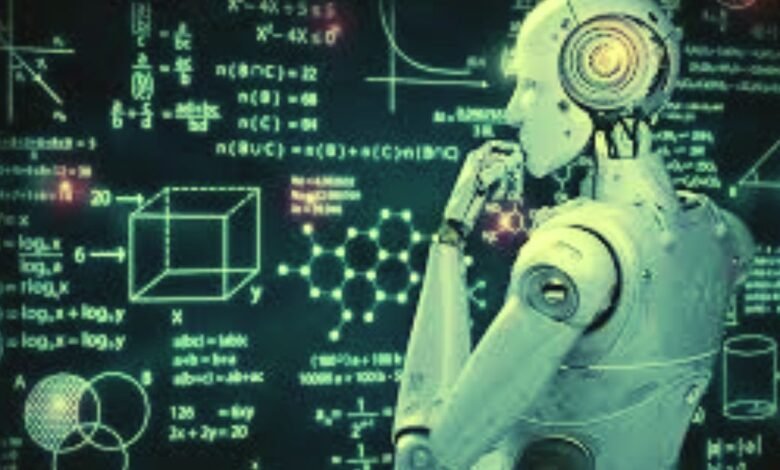AI-Powered Robots: Merging Machine Learning with Automation

The rapid advancement of artificial intelligence (AI) has transformed numerous industries, with robotics being one of the most exciting frontiers. AI-powered robots, which integrate machine learning algorithms with automation technologies, are reshaping the way humans interact with machines and enabling innovations that were once confined to science fiction. This article explores how this groundbreaking merger is revolutionizing industries, enhancing productivity, and creating new possibilities.
The Evolution of AI and Robotics
AI and robotics have followed parallel development paths, but their convergence has unlocked unprecedented potential. Traditional robots were programmed to perform specific tasks in controlled environments. However, the integration of AI, particularly machine learning, has enabled robots to learn, adapt, and make decisions in real-time. This shift allows them to operate in complex and dynamic settings, expanding their utility across diverse fields.
How Machine Learning Enhances Robotics
Machine learning, a subset of AI, equips robots with the ability to analyze data, identify patterns, and improve their performance over time without explicit programming. Here are a few ways it enhances robotic capabilities:
- Perception and Recognition: AI-powered robots use computer vision and natural language processing to perceive and interpret their surroundings. This capability is crucial for tasks like object recognition, facial identification, and language understanding.
- Decision-Making: Machine learning algorithms allow robots to assess situations and make informed decisions. For example, autonomous vehicles use AI to navigate traffic, avoid obstacles, and optimize routes.
- Adaptability: Unlike traditional robots, AI-powered robots can learn from their experiences, enabling them to adapt to new environments and tasks.
Applications of AI-Powered Robots
AI-powered robots are finding applications in a wide range of industries, transforming how tasks are performed and delivering significant value:
- Healthcare: Robots equipped with AI assist in surgeries, provide elder care, and even diagnose diseases. They enhance precision and efficiency, reducing risks and improving patient outcomes.
- Manufacturing: In smart factories, AI-powered robots automate complex tasks, optimize production lines, and perform quality checks with unparalleled accuracy.
- Agriculture: Robots with AI capabilities are revolutionizing farming by planting seeds, monitoring crops, and managing irrigation systems to maximize yield.
- Logistics and Warehousing: Automated guided vehicles (AGVs) and robotic arms streamline inventory management, order picking, and package delivery in warehouses.
- Exploration and Defense: AI-powered robots are deployed for deep-sea exploration, space missions, and military operations, undertaking tasks that are too dangerous for humans.
Challenges and Ethical Considerations
Despite their immense potential, AI-powered robots pose several challenges and ethical questions. Key concerns include:
- Job Displacement: The automation of tasks may lead to job losses in certain sectors, necessitating workforce reskilling and upskilling initiatives.
- Privacy and Security: Robots that collect and analyze data raise concerns about data privacy and the potential for misuse.
- Ethical Decision-Making: Ensuring that AI-powered robots make ethical decisions, particularly in critical areas like healthcare and defense, is a significant challenge.
The Future of AI-Powered Robotics
As AI and robotics continue to evolve, the possibilities for their integration are boundless. Advances in deep learning, edge computing, and sensor technologies will further enhance the capabilities of AI-powered robots. Collaborative robots, or cobots, will become more prevalent, working alongside humans to augment productivity and safety.
Moreover, AI-powered robots will play a pivotal role in addressing global challenges, from climate change to disaster response. By leveraging their adaptability and intelligence, we can create solutions that improve lives and sustain our planet.
Conclusion
The fusion of machine learning with automation in AI-powered robots marks a new era of technological innovation. These intelligent machines are not only enhancing efficiency across industries but also redefining the relationship between humans and technology. As we continue to navigate this transformative journey, it is imperative to address challenges thoughtfully and harness the potential of AI-powered robots for the greater good.



